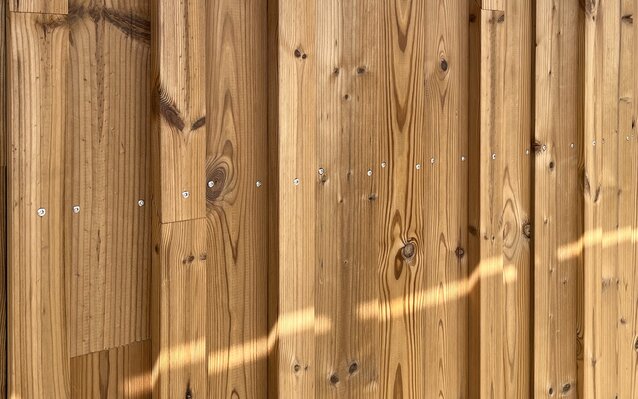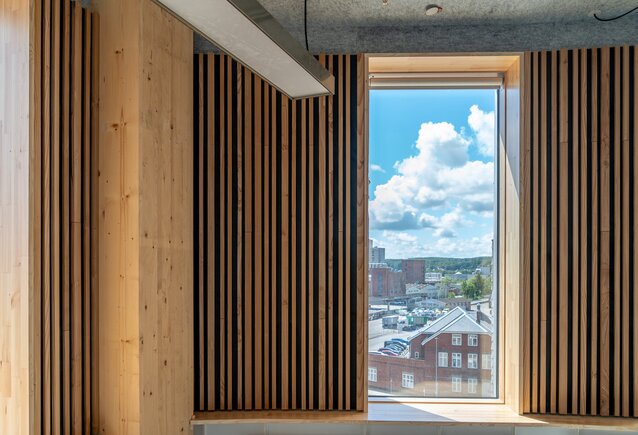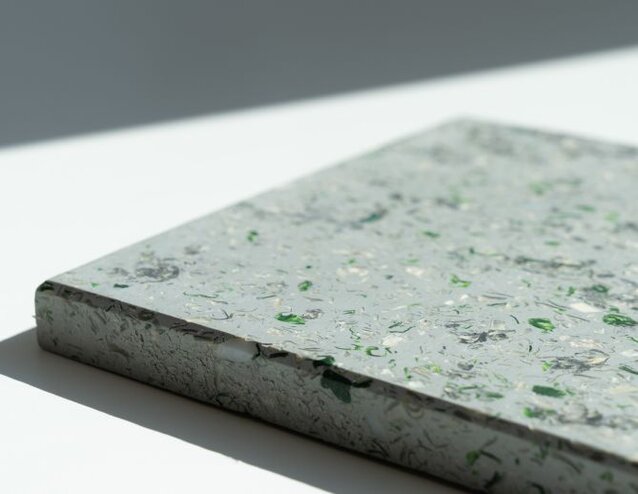Nærø
Acoustic batt
Nærø
Acoustic batt
Nærø is an acoustic batt made from post-consumer and post-industrial textile waste. Our Nærø acoustic batts are used in most of our acoustic panel products, but they are also available for purchase as standalone batts. They come in a variety of colours and sizes.
Nærø is an acoustic batt made from post-consumer and post-industrial textile waste. Our Nærø acoustic batts are used in most of our acoustic panel products, but they are also available for purchase as standalone batts. They come in a variety of colours and sizes.
Nærø Batt: Dark Grey
Your environmental impact:
2.25 kgwaste saved per pcs
8.70 kgCO₂e footprint* per pcs
*Based on internal calculations. Including phases A1-A3


